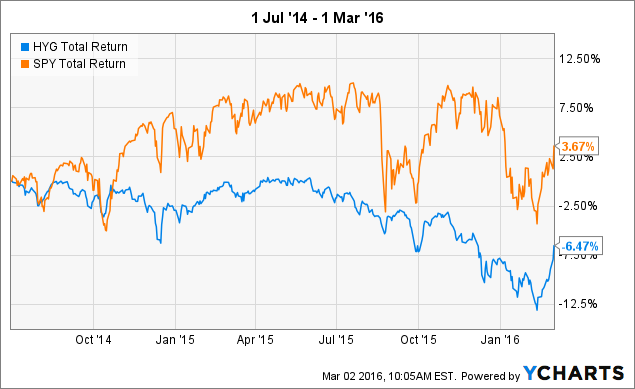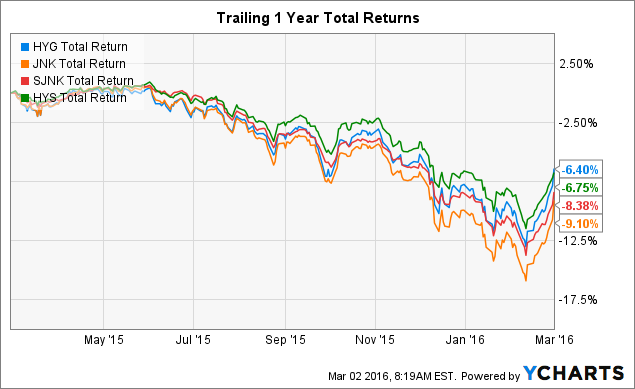It looks like you're new here. If you want to get involved, click one of these buttons!
Much if not all of these results have been stated by different people here at MFO, which makes this site so enlightening. It strengthens my resolve that there are only a few places where you might hire a fund manager. For me, International, EM's maybe small caps need active fund managers. Balanced funds for sure if you want to leave it up to a professional to adjust investment weightings (which I do).…a strategy of hiring managers with mediocre track records outperforms one of hiring past winners, and a strategy of hiring past losers turns out to be the best of all.
…the practical implication of our paper is that asset owners should focus on factors other than past performance when selecting managers.
…the “investment thesis” that drives a fund’s portfolio management strategy should be a key criterion for consideration.
…a variety of objective characteristics that predict future performance… :the presence of performance-linked bonuses in fund manager compensation packages (Ma, Tang, and Gómez (2015)), a high level of fund manager ownership (Khorana, Servaes, and Wedge (2007)), board of director ownership (Cremers, Driessen, Maenhout, and Weinbaum (2009)), a high active share (Cremers and Petajisto (2009), Amihud and Goyenko (2013)), lack of affiliation with an investment bank (Hao and Yan (2012)), outsourced execution of shareholder services (Sorhage (2015)), the presence of a short-term redemption fee (Finke, Nanigian, and Waller (2015)), having PhDs in key portfolio roles (Chaudhuri, Ivkovich, Pollet, and Trzcinka (2013)) and having strong positive firm culture (Heisinger, Hsu, and Ware (2015)).
In conclusion:
Evaluating a manager’s strategy ex-ante and taking account of fund characteristics may be more difficult than making decisions based on historical performance. Nonetheless, our research suggests that it is a better approach to delegated portfolio management.
An obvious observation - TIBIX couldn't show up in the cited article, since it hasn't been around for 15 years.I just compared the above top rated Forward Income Builder fund (AIAIX) to the fund I've been using in this space for the last 13+ years TIBIX. No thanks, I'll continue to remain oblivious.
Edited to add: I'm sure I'm missing something but it doesn't appear to be performance. I'd be thankful for any insight. FWIW, I'm not totally thrilled by the Thornburg offering as they have faltered in their objective of "income building" but I haven't been able to find or settle on a suitable alternative.
Among the better junk bond funds and wondered why it has never been on a my radar screen. Now I remember. At Scottrade where I trade it is only available to clients of registered investment advisers only. Maybe not so at other firms. Thanks for the heads up to the forum on a consistently good junk bond fund.My high yield pick is PHYZX - low expenses of .58, seasoned management, and rated 5 stars by M*.

As an aside, I talked Friday with Steve Romick, the lead manager of FPACX, about why the fund remains open. One of his arguments is that managing a closed fund is harder than you'd think. All funds are subject to regular redemptions. In an open fund that's drawing assets, those redemptions are met using the inflows. In a closed fund, managers may need to liquidate positions to cover them. That can goof with both the fund's portfolio positioning and its tax efficiency.

© 2015 Mutual Fund Observer. All rights reserved.
© 2015 Mutual Fund Observer. All rights reserved. Powered by Vanilla